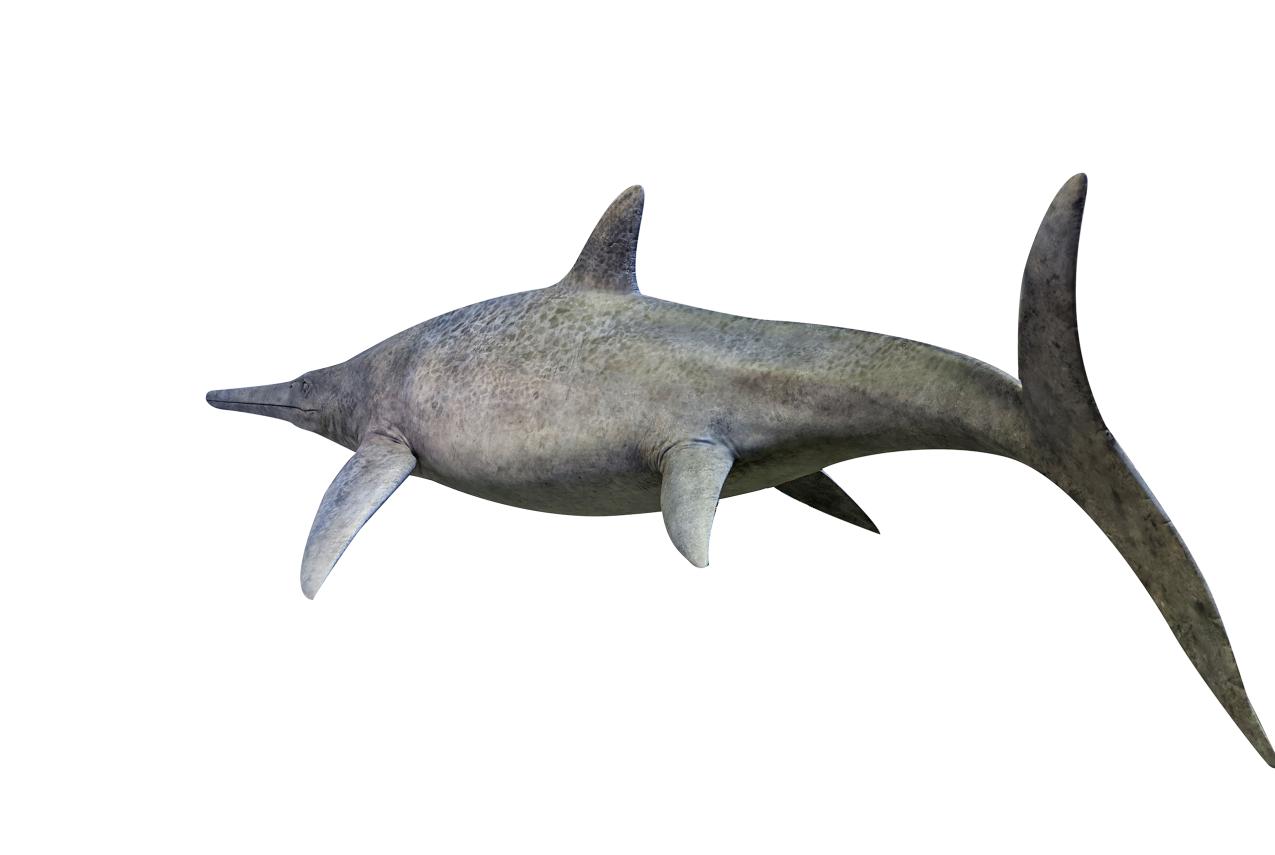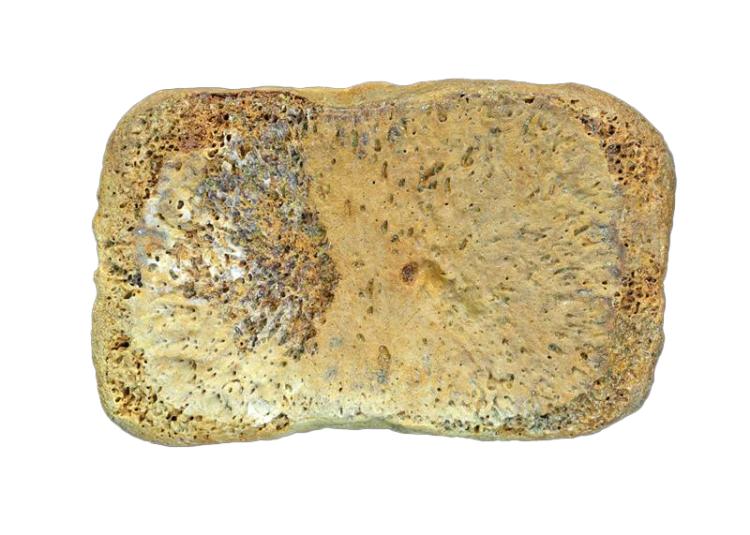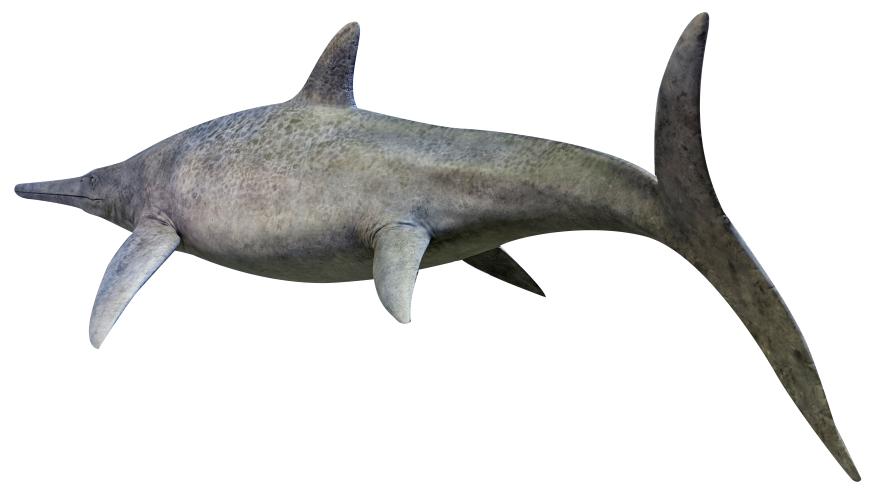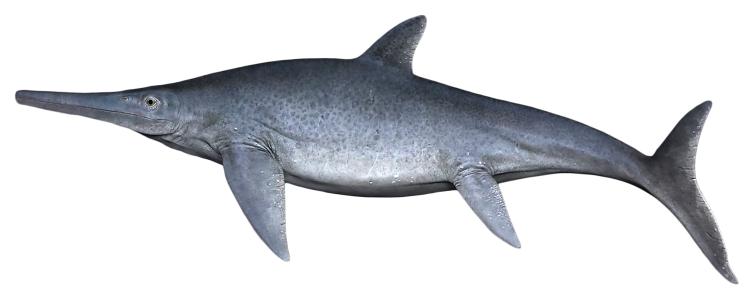A flipper bone discovered three decades ago by the Western Australian Museum has been confirmed as the youngest recorded ichthyosaur (“fish lizard”) from the Southern Hemisphere – dating back 94 to 97 million years – and is potentially the youngest record from anywhere in the world.
Dr Mikael Siversson, Head of Earth & Planetary Sciences and co-curator of the paper describing the findings, said the significance of this discovery extends beyond the bone itself.
“We’ve now confirmed the youngest occurrence of an ichthyosaur in the Southern Hemisphere, and our study offers unprecedented insight into the final stages of these marine reptiles’ existence before their global extinction,” Dr Siversson said.
The discovery traces back to 1995 when Dr Siversson unearthed the fossil at Murchison House Station. But it was not until 2018 that Dr Siversson led a collaborative effort with the paper’s lead author Rhys Meyerkort and other researchers to uncover the fossil’s significance.
Supported by Minderoo grants, the team returned to Murchison House Station in 2018 and the Giralia Range in 2022-2024, where they collected Cretaceous shark teeth critical to pinpointing the fossil’s age with greater precision.
By comparing the teeth of the shark genus Cretoxyrhina, found in the same layer of rock as the ichthyosaur bone, with well-dated teeth collected in Kansas, USA and the Giralia Range, the researchers were able to place the Murchison House Station ichthyosaur find in the latter half of the Cenomanian stage of the Cretaceous period.
The end of the Cenomanian stage 93.9 million years ago coincided with an extreme global warming event which was previously linked to the extinction of icthyosaurs.
“We scrutinised all published records of the last surviving ichthyosaurs on a global scale. Our findings not only demonstrate that ichthyosaurs were in sharp decline over the last few million years of their existence – but that they may have perished a million years earlier than indicated by previous studies,” Dr Siversson said.
The fossil discovered in 1995 is a phalanx bone, part of an ichthyosaur’s flipper. This bone's rectangular shape marks it as part of a group of ichthyosaurs known as Brachypterygiidae.
"Ichthyosaurs were remarkable marine reptiles and looked like a long-snouted dolphin with a shark tail, perfectly adapted for hunting fish and squid-like cephalopods.
“The bones of ichthyosaurs from the Kalbarri area indicate a typical body length of around four meters although some probably approached six metres in length. Sick or injured ichthyosaurs may have sought refuge in nearshore waters, possibly explaining the accumulation of their bones in very shallow water sandstone”.
This discovery stands as a significant milestone in ichthyosaur research, not only for its contribution to our understanding of the timing of ichthyosaur extinction but also for providing an insight into the geographical distribution of the group in the final stages of its existence.
The 2018 and 2022 -2024 fieldtrips were made possible by Foundation for the WA Museum Minderoo Grants, funded from the Foundation’s Discovery Endowment Fund.
At the time of publishing the paper, Youngest fossil occurrence of ichthyosaurs from the Southern Hemisphere in Cretaceous Research, Rhys Meyerkort was a student at the University of WA. With thanks to the University, the paper can be freely accessed here.




